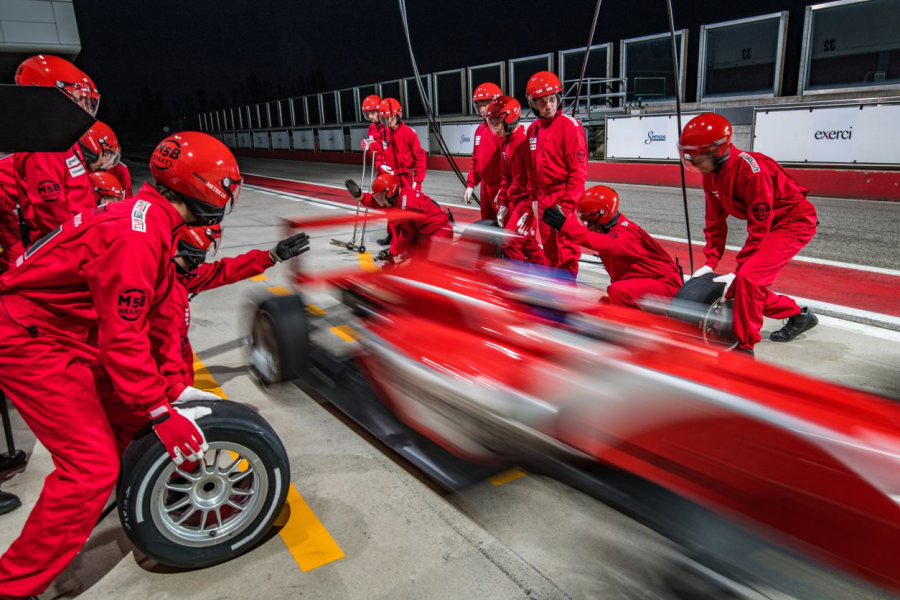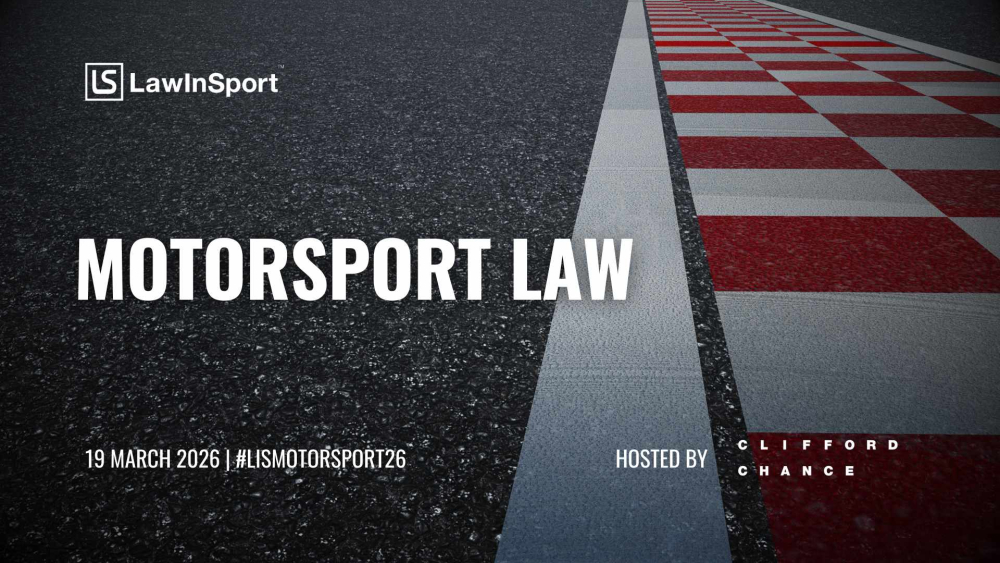Navigating racing drivers’ contracts - Top 10 legal considerations

This article provides guidance for motorsport drivers and their representatives on navigating contract negotiations. It covers essential elements every driver should understand before signing, from confidentiality clauses to performance requirements, helping them protect their interests while navigating the complex world of motorsport agreements.
Introduction
Lewis Hamilton’s shock decision[1] to move to Ferrari on a multi-year deal from the 2025 season caused a ripple effect across the wider motorsport world. It wasn’t just drivers in the Formula 1 paddock that were pulled into the shake-up of the status quo: ever since Adrian Newey confirmed he was leaving Red Bull[2], motorsport journalists and fans alike had been wondering whether Lewis’ decision had triggered a seismic shift of technical staff moving teams. Perhaps Ferrari Team Principal Fred Vasseur is a genius who had persuaded Red Bull’s aerodynamist impresario to join the future he was creating in Italy; or perhaps Lawrence Stroll’s ambitious plan to build a Formula 1 team from the foundations up would tempt him (as it happens, Aston Martin won the day[3]). As is typical in motorsports, negotiations appear to have been protracted, all while Adrian Newey is on garden leave with Red Bull, his skills and working hours redirected to Red Bull’s hypercar rather than Formula 1, to (at least in theory) reduce his access to highly valuable confidential information.
Once the dust settled and the mock-ups of Lewis in Ferrari red lost their lustre, several drivers were left considering their options. Most notably Carlos Sainz, whose contract expired after Hamilton agreed to join the team in 2025. Motorsport (and Formula 1 especially) can be a fickle sport, with financial backing often just as, if not more, critical than driver ability. Though this is not so much of an issue for a driver with the star power of Lewis Hamilton, drivers such as Sergio Perez have been the subject of discussion in terms of their financial contribution to the team (sometimes at the expense of their on-track performance)[4].
But setting aside the complex publicity and sponsorship agreements, what should drivers and their agents or managers be aware of during negotiations?
The simplest advice a lawyer can give a client is to make sure they read and understand what they are agreeing to. When it comes to a driving contract, it will be worth seeking legal advice. Motorsport contracts can be notoriously complex, especially the confidentiality and notice provisions.
The contractual relationship between the team and the driver (or any other member of the team) can either be a contract of employment or a contract for services (more common for racing drivers). A contract for services means a contractor and client relationship which can be beneficial if the individual has other duties outside of their work for the team, or if they are based in another jurisdiction and want to simplify tax or regulatory concerns. The points below will often apply to a contractor relationship too, though the client (for example, a team) would need to be careful to ensure they do not exercise too much control over a contractor (the driver), to avoid any potential arguments of a disguised employment relationship, which would have legal and tax implications for both parties.
Table of contents
To continue reading or watching login or register here
Already a member? Sign in
Get access to all of the expert analysis and commentary at LawInSport including articles, webinars, conference videos and podcast transcripts. Find out more here.
- Tags: Contract Law | Employment | Employment Law | Federation d’Automobile Internationale (FIA) | Formula One | Motorsport
Related Articles
- A Guide To How Trade Marks Work In Formula One®
- Top Tips for Protecting Confidential Information and Trade Secrets in Motorsport
- Top tips for sports executives approaching employment contract negotiations
- Demystifying Andretti’s failed F1 bid & anti-dilution fees explained
- The battle over the employment status of professional athletes: Amy Pieters v. SD Worx
- A guide to Formula 1’s financial regulations and costs cap
- A Guide to Understanding the Role of Intellectual Property in Sport
- F1 at a crossroads? FIA and Liberty Media’s battle for pole position on commercial rights
- Sport & Employment Law – Annual Review 2024/25




